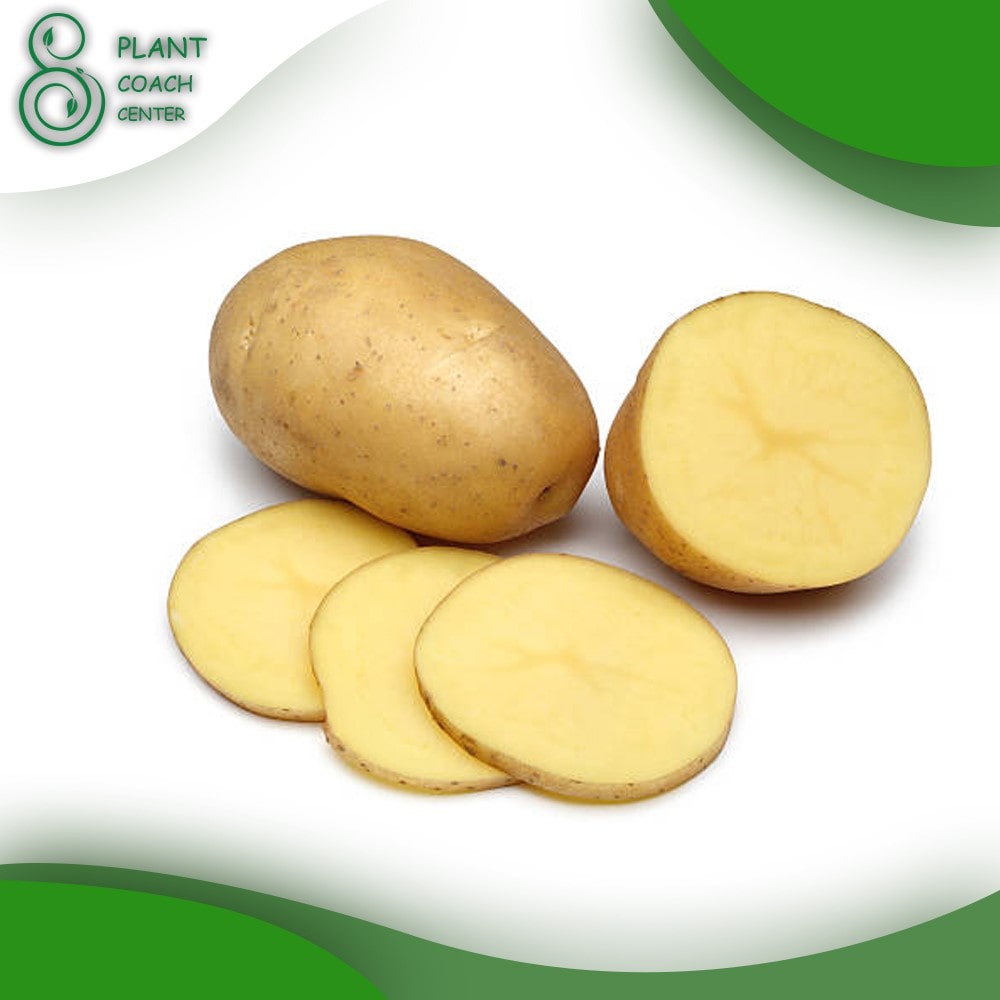When to Plant Potatoes in Zone 8b
Growing your own potatoes can be a rewarding and fulfilling experience. The joy of harvesting your own fresh, flavorful tubers is unmatched. However, to achieve a successful potato harvest, it is crucial to understand the optimal timing for planting in your specific region. In the case of Zone 8b, which boasts a unique climate and soil conditions, knowing when to plant potatoes becomes even more important.
In this comprehensive guide, we will delve into the intricacies of planting potatoes in Zone 8b, providing you with the knowledge and insights to maximize your potato yield. From understanding the climate and soil conditions to determining the ideal planting window, we’ll cover it all. So, let’s embark on this potato-growing journey together and unlock the secrets to successful potato cultivation in Zone 8b.
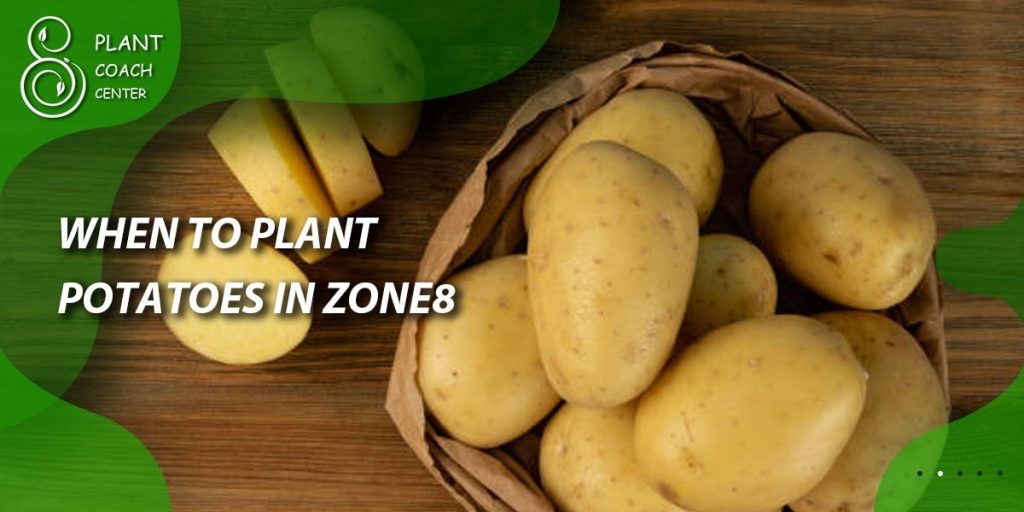
Understanding Zone 8b Climate and Soil Conditions
Before we dive into the specifics of potato planting, it’s crucial to familiarize ourselves with the climate and soil conditions of Zone 8b. This knowledge will help us make informed decisions about when and how to plant our potatoes for optimal growth and productivity.
- Characteristics of Zone 8b
Zone 8b is known for its moderate winters and warm summers, which create a unique microclimate for plant growth. It falls within the USDA Hardiness Zone classification system, which provides valuable insights into the average minimum winter temperatures experienced in a particular region. In Zone 8b, the average minimum temperature ranges from 15 to 20 degrees Fahrenheit (-9 to -7 degrees Celsius), offering favorable conditions for many plant species, including potatoes.
- Soil Composition and Quality
The soil composition and quality play a vital role in the success of potato cultivation. Understanding the characteristics of the soil in Zone 8b will help you prepare adequately and make necessary amendments to optimize your potato-growing endeavors.
In Zone 8b, soils can vary widely, ranging from sandy loam to clay. It’s essential to determine your specific soil type through testing and analysis. Conducting a soil test will provide valuable information about the nutrient levels, pH balance, and organic matter content. You can obtain soil testing kits from local garden centers or contact your nearest agricultural extension office for assistance.
- Climate Considerations for Potato Growth
Potatoes thrive in cool weather, and understanding the climate conditions of Zone 8b will allow you to make informed decisions about planting times and other critical factors. Here are some climate considerations to keep in mind:
Last Frost Date: The last frost date is a crucial piece of information for determining when to plant potatoes. The threat of frost can damage or kill young potato plants, so it’s important to wait until after the last expected frost before planting.
Potato Varieties Suitable for Zone 8b
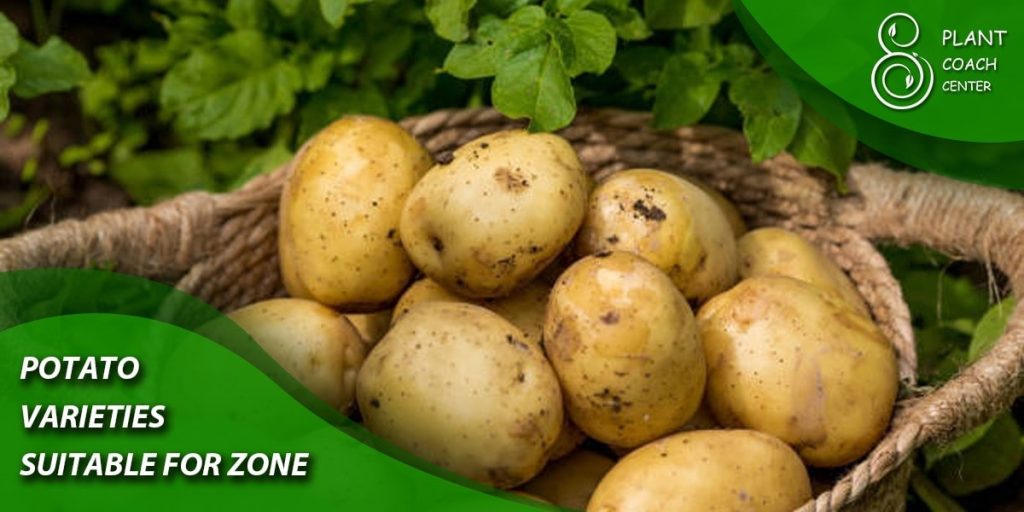
Selecting the right potato varieties is crucial for successful growth and a bountiful harvest in Zone 8b. Different potato varieties have varying maturity periods and adaptability to specific climates. Here are some potato varieties suitable for Zone 8b:
- Early Season Varieties
Yukon Gold: Known for its golden flesh and buttery flavor, Yukon Gold is an early-maturing potato variety suitable for Zone 8b. It produces medium-sized tubers and is highly versatile in the kitchen.
Red Norland: This early-season variety features red skin and creamy white flesh. Red Norland potatoes are known for their excellent taste and are ideal for boiling, roasting, or using in salads.
- Mid-Season Varieties
Kennebec: Kennebec potatoes are a popular mid-season variety known for their high yields and versatility in the kitchen. They have light tan skin and white flesh, making them suitable for baking, mashing, or frying.
Russet Burbank: With its iconic brown skin and mealy texture, Russet Burbank is a widely grown mid-season potato variety. It’s ideal for baking, and its large size makes it perfect for making french fries.
- Late Season Varieties
German Butterball: This late-season variety is favored for its rich flavor and creamy texture. German Butterball potatoes have a golden skin, light yellow flesh, and are suitable for various cooking methods.
Purple Majesty: Known for its vibrant purple skin and flesh, Purple Majesty is a visually striking late-season potato variety. It retains its color even after cooking and is popular for gourmet dishes and salads.
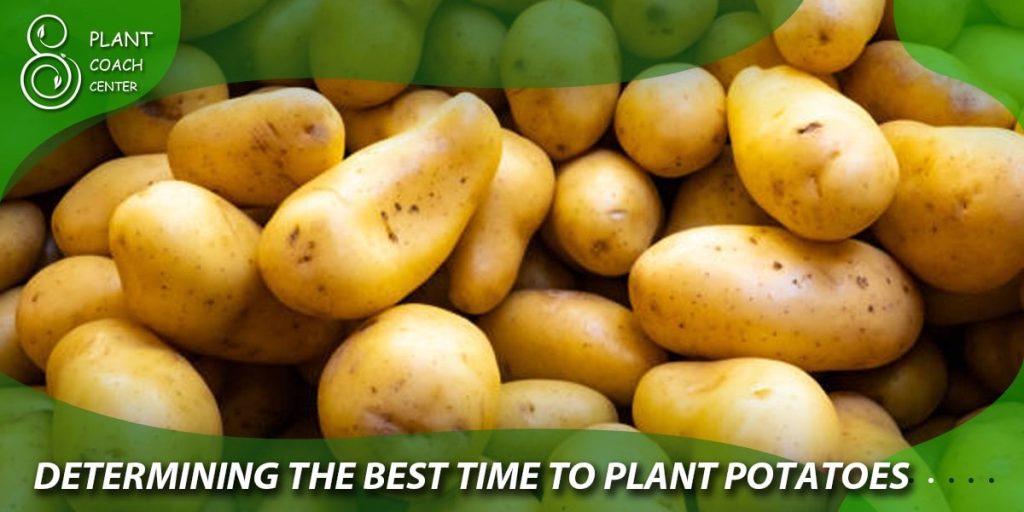
Determining the Best Time to Plant Potatoes
Determining the best time to plant potatoes in Zone 8b requires considering various factors that influence planting dates. By understanding these factors and utilizing local climate data and resources, you can pinpoint the ideal planting window for your potato crop.
- Factors Influencing Planting Dates
Last Frost Date: The last frost date is a crucial consideration when determining the appropriate time to plant potatoes. Frost can damage or kill young potato plants, so it’s essential to wait until after the last expected frost in your area. Consult local gardening resources or agricultural extension services to obtain the estimated last frost date for your specific location in Zone 8b.
Soil Temperature: Potato seeds, also known as seed potatoes, require specific soil temperatures to germinate and establish healthy root systems. The soil temperature should be consistently above 45 degrees Fahrenheit (7 degrees Celsius) before planting. Warmer soils promote faster germination and reduce the risk of seed rot or other issues.
Day Length: Potato plants are influenced by the length of daylight hours, which affects their growth and development. Longer days encourage foliage growth, while shorter days trigger tuber initiation and development. Understanding the day length variations in Zone 8b can help you time your planting for optimal tuber formation.
- Local Climate Data and Resources
To determine the best time to plant potatoes in Zone 8b, it’s valuable to utilize local climate data and resources available to you. Here are a few options to consider:
Consulting Local Agricultural Extension Services: Local agricultural extension offices are excellent resources for gardening and farming information specific to your region. They can provide guidance on planting dates, recommended varieties, and other valuable tips tailored to Zone 8b.
Using Online Climate Tools: Online climate tools and databases can provide historical weather data, including frost dates, average temperatures, and precipitation patterns. Websites such as the National Climate Data Center or Weather Underground offer access to comprehensive climate information for specific locations.
Engaging with Local Gardening Communities: Participating in local gardening communities, forums, or social media groups allows you to connect with experienced gardeners in Zone 8b. They can share their insights, experiences, and recommendations based on their firsthand knowledge of the local climate.
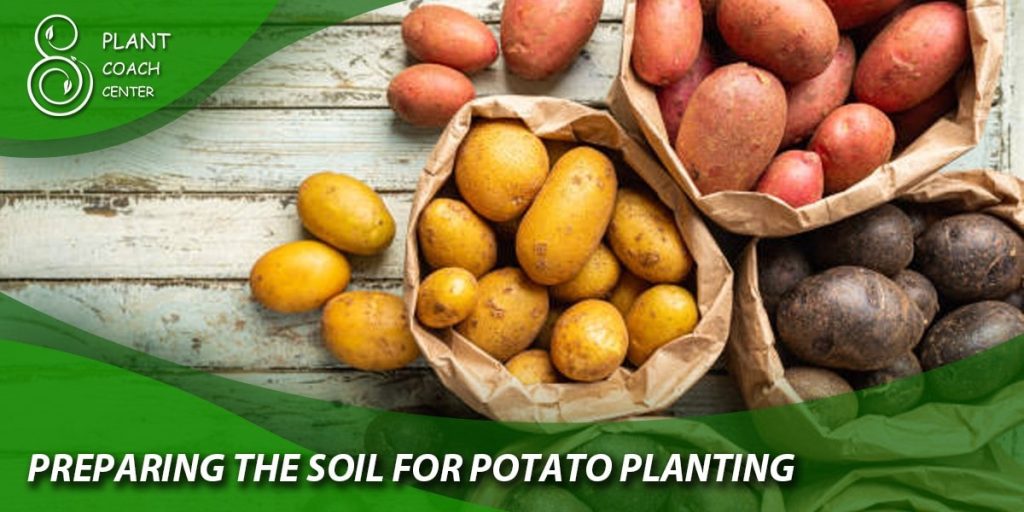
Preparing the Soil for Potato Planting
Preparing the soil is a crucial step in ensuring optimal growing conditions for your potato crop. Proper soil preparation promotes healthy root development, nutrient availability, and overall plant growth. Follow these essential steps to prepare the soil before planting potatoes in Zone 8b:
- Clearing and Amending the Soil
Remove Weeds and Debris: Begin by clearing the planting area of any weeds, rocks, or debris. Weeds can compete with the potato plants for nutrients and moisture, so it’s important to eliminate them before planting.
Loosen the Soil: Use a garden fork or a tiller to loosen the soil to a depth of about 8 to 10 inches (20 to 25 centimeters). This process helps improve drainage, aeration, and root penetration.
Amend the Soil: Conduct a soil test to determine the nutrient levels and pH balance of your soil. Based on the test results, you may need to amend the soil with organic matter or fertilizers. Compost, well-rotted manure, or other organic amendments can improve soil structure, nutrient content, and moisture retention.
- Addressing Soil pH
Potatoes generally prefer slightly acidic to neutral soil conditions, with a pH range of 5.8 to 6.5. If your soil pH falls outside of this range, you may need to adjust it to create a more favorable environment for potato growth. Here’s how:
Testing Soil pH: Use a pH testing kit or send a soil sample to a local agricultural extension office for analysis. This will provide you with accurate information about your soil’s pH level.
Raising pH: If your soil is too acidic (pH below 5.8), you can raise the pH by adding agricultural lime or dolomite lime. Follow the recommended application rates based on your soil test results and the manufacturer’s instructions.
Lowering pH: If your soil is too alkaline (pH above 6.5), you can lower the pH by incorporating elemental sulfur or acidic organic materials such as pine needles or peat moss. Again, follow the recommended application rates and guidelines for the specific amendments you choose.
- Incorporating Fertilizers and Organic Matter
Balanced Fertilizer: Before planting, apply a balanced fertilizer with a ratio such as 10-10-10 or 14-14-14, following the recommended application rates. This provides essential nutrients for the growing potato plants.
Organic Matter: Mix in well-rotted compost, aged manure, or other organic matter into the soil. This improves soil structure, enhances nutrient availability, and promotes moisture retention.
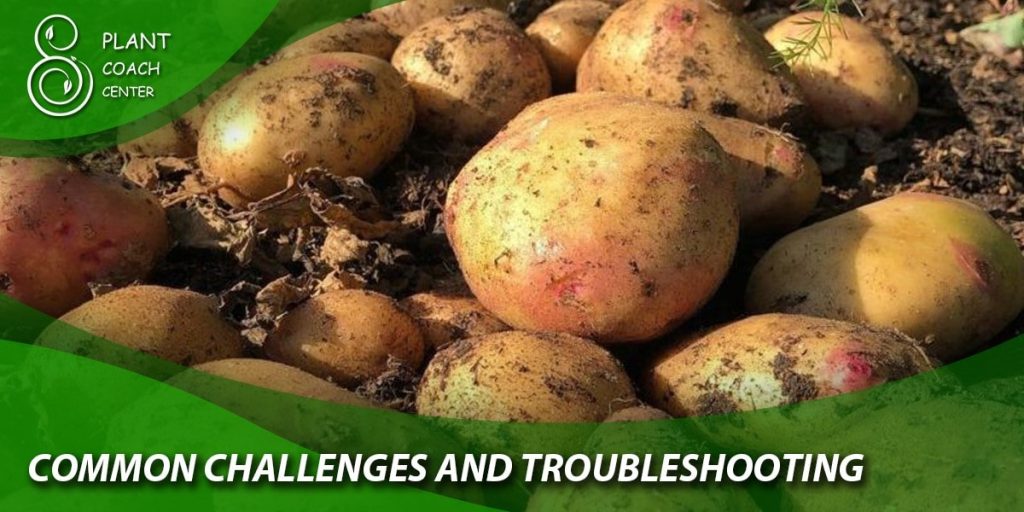
Common Challenges and Troubleshooting
While growing potatoes in Zone 8b can be rewarding, you may encounter some challenges along the way. Here are some common issues that potato growers face and how to troubleshoot them:
- Pest Control
Colorado Potato Beetles: Handpick and destroy the beetles, larvae, and eggs. Neem oil or insecticidal soap can also be used as organic control methods.
Aphids: Spray a strong stream of water on the affected plants to dislodge the aphids. Ladybugs and lacewings are natural predators that can help control aphid populations. In severe cases, insecticidal soap or neem oil can be used.
Wireworms: Rotate your potato crop regularly to reduce wireworm populations. You can also use bait traps or apply beneficial nematodes to control wireworms.
- Disease Management
Late Blight: Plant resistant potato varieties and monitor for signs of disease. If late blight is detected, remove and destroy infected plants to prevent the spread. Fungicides may be necessary in severe cases.
Early Blight: Practice crop rotation, provide adequate spacing between plants for air circulation, and avoid overhead watering. Remove and destroy infected leaves, and apply copper-based fungicides if necessary.
- Nutrient Deficiencies
Nitrogen Deficiency: Apply a nitrogen-rich organic fertilizer or side-dress with a balanced fertilizer to address nitrogen deficiency. Follow the recommended application rates.
Potassium Deficiency: Add potassium-rich organic amendments or use a balanced fertilizer with a higher potassium content. Ensure proper soil pH and moisture levels for optimal nutrient uptake.
- Environmental Factors
Heat Stress: Provide shade during the hottest part of the day or use row covers to protect the plants from excessive heat. Adequate watering is crucial during heatwaves.
Frost Protection: Cover potato plants with frost blankets or straw mulch when frost is expected. Harvest mature potatoes before the first frost to prevent damage.
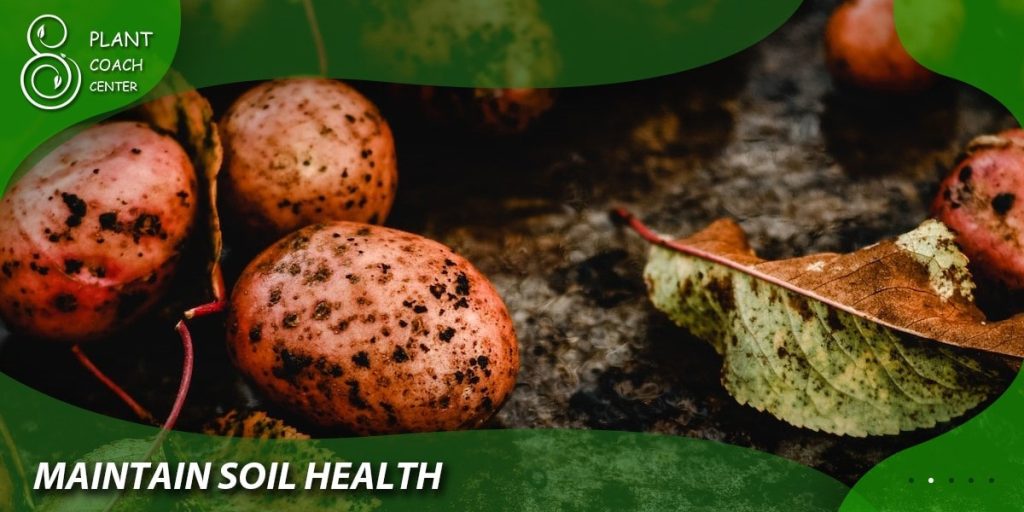
Conclusion
Growing potatoes in Zone 8b can be a rewarding and enjoyable experience. By considering the specific conditions of your region and implementing the tips and recommendations provided, you can increase your chances of a successful potato harvest.
Remember to choose potato varieties suited to Zone 8b, manage pests and diseases, maintain proper soil health, and adjust your practices based on the unique characteristics of your garden. Stay connected with local gardening communities and seek guidance from experts to further enhance your potato growing skills. With a little effort and attention, you’ll be able to enjoy a bountiful supply of delicious potatoes straight from your own garden. Happy potato growing in Zone 8b!


